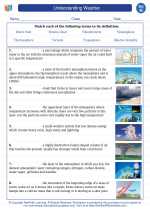Telescope
A telescope is an optical instrument that is used to magnify distant objects, making them appear closer and larger. It works by gathering and focusing light to create a magnified image. Telescopes are commonly used in astronomy to observe celestial objects such as stars, planets, and galaxies, but they can also be used for terrestrial viewing, surveillance, and photography.
Types of Telescopes
There are several types of telescopes, including:
- Refracting Telescopes: These use lenses to gather and focus light, and are the oldest type of telescope. They are commonly used for terrestrial viewing and have a long, slender tube with a lens at the front to gather light and a smaller lens at the back to magnify the image.
- Reflecting Telescopes: These use mirrors to gather and focus light. They are commonly used in astronomy and have a shorter, wider tube with a concave mirror at the bottom to gather light and a smaller flat mirror near the top to reflect the light to a focus point.
- Compound Telescopes: These combine lenses and mirrors to gather and focus light, providing a compact and powerful design. They are commonly used in astronomy and offer high-quality images with minimal chromatic aberration.
Parts of a Telescope
Key components of a telescope include:
- Objective Lens or Primary Mirror: This is the main light-gathering element that forms the initial image of the object.
- Eyepiece: This is the lens or set of lenses that magnify the image formed by the objective lens or primary mirror.
- Focuser: This is the mechanism that allows the user to adjust the focus of the telescope to obtain a sharp image.
- Tube: This is the structure that houses the optical elements and provides stability for the telescope.
- Mount: This is the support system that holds the telescope and allows it to be pointed in different directions.
Using a Telescope
To effectively use a telescope, consider the following:
- Choose the right location with minimal light pollution and a clear view of the sky.
- Set up the telescope on a stable surface and ensure it is properly aligned and balanced.
- Use the finder scope or finderscope to locate the object of interest before viewing through the main telescope.
- Adjust the focus using the focuser to obtain a clear and sharp image.
- Take time to observe and appreciate the details of the celestial object.
Study Guide
Here are some key points to remember when studying telescopes:
- Describe the basic function of a telescope and how it magnifies distant objects.
- Compare and contrast refracting, reflecting, and compound telescopes, including their advantages and disadvantages.
- Identify the main parts of a telescope and explain their roles in gathering and focusing light.
- Discuss the importance of location and proper setup when using a telescope for observation.
- Explain the process of using a telescope to observe celestial objects, including the use of finder scopes and focusing mechanisms.
Understanding telescopes is essential for both astronomy enthusiasts and students studying optics and light. By grasping the principles of telescopes, one can gain a deeper appreciation for the wonders of the universe.
.◂Science Worksheets and Study Guides Eighth Grade. Understanding Weather
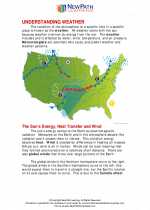
 Activity Lesson
Activity Lesson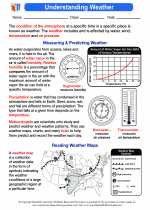
 Worksheet/Answer key
Worksheet/Answer key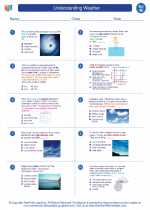
 Worksheet/Answer key
Worksheet/Answer key
 Worksheet/Answer key
Worksheet/Answer key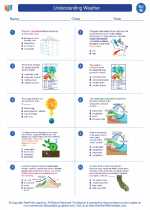
 Worksheet/Answer key
Worksheet/Answer key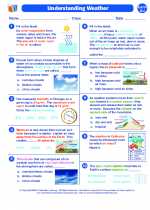
 Vocabulary/Answer key
Vocabulary/Answer key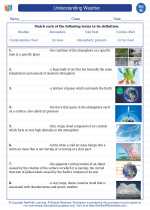
 Vocabulary/Answer key
Vocabulary/Answer key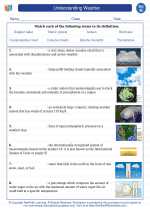
 Vocabulary/Answer key
Vocabulary/Answer key